Gerald Litwack0123741130, 9780123741134, 9780080570068
Table of contents :
Cover……Page 1
Contributors……Page 2
Preface……Page 7
Determinants of Vitamin K Status in Humans……Page 9
Function……Page 10
Undercarboxylated vitamin K-dependent proteins……Page 11
Urinary measures……Page 12
Dietary forms and sources of vitamin K……Page 13
Dietary intakes……Page 14
Associations with biochemical measures……Page 15
Absorption, transport, and metabolism of vitamin K……Page 17
Age……Page 18
Role of estrogen……Page 19
Interactions with other nutrients……Page 20
Lifestyle factors……Page 21
Apolipoprotein E……Page 22
Vitamin K epoxide reductase……Page 23
Conclusions and Future Directions……Page 24
References……Page 25
VKORC1 and the Vitamin K Cycle……Page 31
Vitamin K Cycle: Limiting Step of Carboxylation……Page 32
VKORC1 gene……Page 33
VKOR: Is It a Complex?……Page 35
VKORC1 in Clinical Practice……Page 37
Acknowledgment……Page 39
References……Page 40
The Vitamin K Cycle……Page 42
Introduction……Page 43
Vitamin K Biosynthesis……Page 44
Biosynthesis of phylloquinone in cyanobacteria……Page 45
Vitamin K Cycle……Page 46
gamma-Glutamyl carboxylase……Page 47
Vitamin K-epoxide reductase……Page 48
Cloning of VKORC1……Page 49
VKORC1 structure and function……Page 50
Physiological Role of Vitamin K Dependent Proteins……Page 51
Coagulation……Page 52
Matrix Gla protein……Page 53
Coumarin-based anticoagulation……Page 54
Coumarin sensitivity……Page 55
Coumarin resistance……Page 56
Perspectives of coumarin therapy……Page 57
Vitamin K-dependent clotting factor deficiency……Page 58
Pseudoxanthoma elasticum-like phenotypes……Page 59
Conclusions and Perspectives……Page 60
References……Page 61
Structure, Function, and Mechanism of Cytosolic Quinone Reductases……Page 70
Introduction……Page 71
Protective functions of QR1……Page 72
Activation of chemotherapeutic agents……Page 73
Mechanism of protective function of quinone reductase……Page 74
Overall structure……Page 75
FAD binding site……Page 76
NADP+ binding site……Page 77
Solution studies……Page 78
Bound conformations and mechanism……Page 79
Structural studies of chemotherapeutic prodrugs……Page 81
Quinone Reductase Type 2……Page 84
Structure of human QR2……Page 85
References……Page 86
Quinone Oxidoreductases and Vitamin K Metabolism……Page 92
Vitamin K and Vitamin K Cycle……Page 93
Quinone Oxidoreductases……Page 94
Quinone Oxidoreductases and Reduction of Vitamin K to Hydroquinone……Page 98
Quinone Oxidoreductases and Metabolic Detoxification or Activation of Vitamin K……Page 100
Quinone Oxidoreductases and Anticancer Effects of Vitamin K……Page 102
References……Page 103
Structure and Function of Vitamin K Epoxide Reductase……Page 109
Introduction……Page 110
Purification of VKOR……Page 112
Mechanism of Vitamin K Epoxide Reduction Catalyzed by VKOR……Page 116
Identification of the Active Site of VKOR……Page 121
Warfarin Inhibition of VKOR……Page 123
Membrane Topology of VKOR……Page 128
Conclusion……Page 130
References……Page 131
Vitamin K-Dependent Carboxylation……Page 137
Vitamin K-Dependent Protein Function……Page 138
Vitamin K Forms……Page 140
Mechanism of Carboxylation……Page 141
Functional Regions of the Carboxylase……Page 144
Vitamin K Reduction Is Required for Carboxylation in Tissue……Page 148
Carboxylation Interfaces with Secretion……Page 150
The Capacity of Vitamin K-Dependent Protein Carboxylation Is Limited in Cultured Cells……Page 152
Summary……Page 154
References……Page 155
Vitamin K-Dependent gamma-Glutamylcarboxylation: An Ancient Posttranslational Modification……Page 163
Introduction……Page 164
gamma-Carboxylation Reaction……Page 165
Processivity of catalysis……Page 166
Epoxide reductase……Page 167
Proposed Topology of gamma-Glutamyl Carboxylase……Page 168
Substrate Recognition (Propeptide)……Page 169
Structure-Function Relationship……Page 170
Gla-Containing Proteins and gamma-Carboxylase in Urochordate……Page 172
gamma-Carboxylated Peptides in Conus……Page 173
Conus gamma-Glutamyl Carboxylase……Page 180
Future Prospects……Page 181
References……Page 183
Vitamin K-Dependent Actions of Gas6……Page 191
Gas6 Structure……Page 192
Cellular Effects of Gas6……Page 193
Interaction with TAM Receptor Molecules and Signal Transduction in the Gas6/TAM Ligand/Receptor System……Page 197
Role of the Gas6/TAM System in VascularBiology……Page 200
Gas6 in Innate Immunity: A Modulator of the.Inflammatory Response……Page 201
Overlapping Functions of Gas6 and Protein S……Page 203
The Implications of Vitamin K in Gas6 Function……Page 205
References……Page 206
Vitamin K2-Mediated Apoptosis in Cancer Cells: Role of Mitochondrial Transmembrane Potential……Page 216
Introduction……Page 217
Induction of Differentiation of Leukemia Cells by Vitamin K2……Page 218
Mechanism of induction of apoptosis by vitamin K2……Page 219
Association with Reduced Mitochondrial Membrane Potential (DeltaPsim)……Page 222
Conclusion……Page 226
References……Page 227
VKORC1: A Warfarin-Sensitive Enzyme in Vitamin K Metabolism and Biosynthesis of Vitamin K-Dependent Blood Coagulation Factors……Page 232
Discovery of vitamin K……Page 233
Discovery of dicumarol and synthesis of warfarin……Page 234
Discovery of the vitamin K modification and vitamin K-dependent proteins……Page 235
The Vitamin K-Dependent gamma-Carboxylation System……Page 236
Identification of protein disulfide isomerase to be involved in reduction of the CXXC redox center in VKORC1……Page 242
Discovery of VKORC1 and calumenin has improved synthesis of functional recombinant coagulation factors……Page 244
Genetics of Warfarin Resistance……Page 246
References……Page 247
Warfarin Therapy: Influence of Pharmacogenetic and Environmental Factors on the Anticoagulant Response to Warfarin……Page 252
Introduction……Page 253
Vitamin K and Vitamin K Antagonists and Blood Coagulation……Page 254
VKOR: The target of warfarin……Page 256
Pharmacokinetics of warfarin……Page 257
Diet and vitamin K status……Page 258
Interfering drugs with warfarin……Page 260
SNPs of CYP2C9 and interpatient variability……Page 262
SNPs of VKORC1 and interpatient variability……Page 264
References……Page 266
Vitamin K and Thrombosis……Page 270
Pharmacology of Vitamin K……Page 271
Therapeutic Uses of Vitamin K……Page 274
Patients Without Bleeding but Prolonged INR……Page 276
New Physiologic Functions of Vitamin K……Page 279
Warfarin Effects on Vitamin K……Page 280
References……Page 281
Congenital Bleeding Disorders of the Vitamin K-Dependent Clotting Factors……Page 285
Introduction……Page 287
Congenital Prothrombin (Factor II) Deficiency……Page 289
Classification and prevalence……Page 291
Biochemistry……Page 293
Genetics and hereditary transmission……Page 296
Clinical picture……Page 298
Diagnosis……Page 302
Therapy……Page 305
Classification and prevalence……Page 307
Biochemistry……Page 309
Genetics and hereditary transmission……Page 310
Laboratory diagnosis……Page 314
Therapy……Page 318
Association with other clotting and non-clotting defects……Page 320
Association with non-vitamin K-dependent factors……Page 321
Congenital Factor IX Deficiency (Hemophilia B)……Page 322
Hereditary transmission and genetics……Page 323
Biochemistry and function……Page 326
Clinical picture……Page 327
Diagnosis……Page 328
Prognosis……Page 330
Therapy……Page 331
Congenital Factor X Deficiency……Page 333
Classification and prevalence……Page 334
Hereditary transmission and molecular genetics……Page 336
Diagnosis……Page 342
Therapy……Page 347
Combined Congenital Deficiency of FII, FVII, FIX, FX……Page 351
Hereditary transmission and molecular biology……Page 352
Clinical picture……Page 355
Diagnosis……Page 356
Deficiency of Protein Z……Page 358
Conclusions……Page 359
References……Page 361
Role of Growth Arrest-Specific Gene 6 in Diabetic Nephropathy……Page 379
Introduction……Page 380
Expression of Gas6 and Axl in STZ-induced diabetic rats……Page 381
Warfarin shows a beneficial effect on mesangial and glomerular hypertrophy……Page 382
Warfarin treatment improves hyperfiltration and excretion ofurinary albumin……Page 384
Gas6 induces mesangial cell hypertrophy in vitro……Page 385
Phosphorylation of Akt, p70 S6 kinase, and 4E-BP-1 and induction of p27 expression in diabetic rat glomeruli……Page 386
LY294002 and rapamycin block Gas6-induced mesangial hypertrophy in vitro……Page 388
High Glucose Induces Mesangial Hypertrophy Via Gas6/Axl In Vitro……Page 390
STZ-treated Gas6-knockout mice showed less glomerular hypertrophy……Page 392
Conclusions……Page 393
References……Page 395
Vitamin K and Bone Health in Adult Humans……Page 397
Structure and function of vitamin K……Page 398
Vitamin K-dependent proteins in bone……Page 399
The first indications of a connection between vitamin K and bone health……Page 400
Plasma phylloquinone concentrations and bone health……Page 401
Dietary intervention and effect on risk markers……Page 404
Bone loss and fracture risk……Page 408
Vitamin K absorption, metabolism, and excretion……Page 409
Vitamin K source and intake……Page 410
Measurement of vitamin K status……Page 411
Vitamin K Recommendations……Page 412
Anticoagulation Treatment and Risk of Osteoporosis……Page 413
Interactions Between Vitamin K and Vitamin D……Page 414
References……Page 415
Diagnosis of Osteoporosis with Vitamin K as a New Biochemical Marker……Page 421
Introduction……Page 422
Mechanisms of bone loss in osteoporosis……Page 423
Growth factors, cell-based therapies, and transcriptional regulation increasing bone formation……Page 424
The Important Role of Vitamin K in Bone Metabolism……Page 425
Does subclinical vitamin K deficiency increase the risk of fractures?……Page 426
Vitamin K as diagnostic parameter in osteoporosis……Page 427
Vitamin K as therapeutic target in osteoporosis……Page 428
Biochemical Markers as Indices of Bone Turnover……Page 432
References……Page 433
Introduction……Page 439
Antitumor Effects of VK……Page 440
Mechanism of Growth Inhibition of HCC Cells by VK2……Page 441
Analysis of Tumor Recurrence Suppression Following Liver Cancer Treatment……Page 443
References……Page 444
Index……Page 447
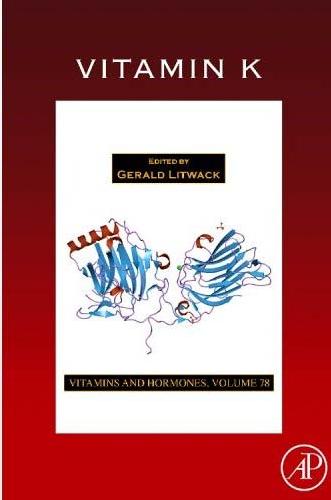
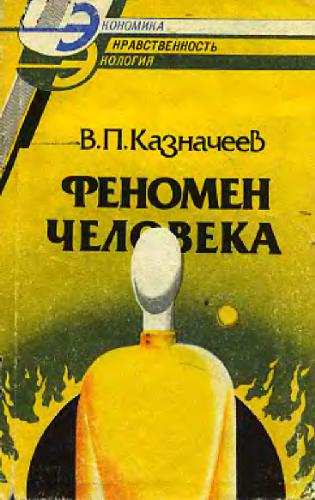


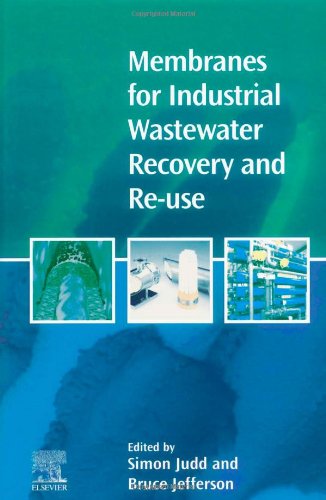
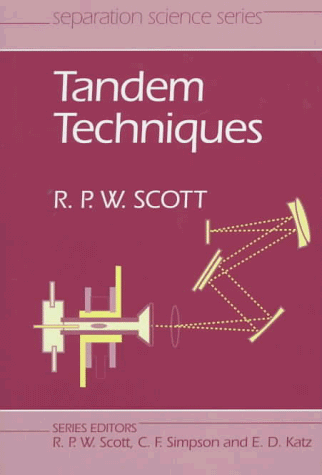
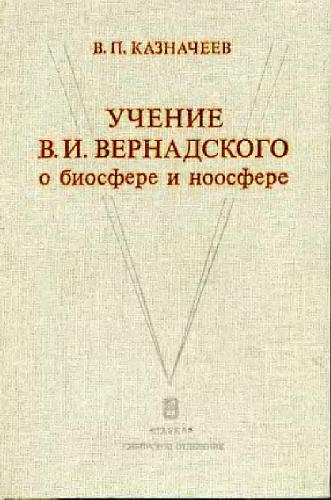
Reviews
There are no reviews yet.